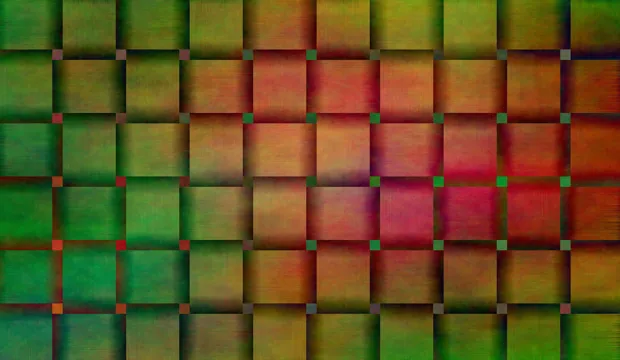
Edges, vertices and faces
Making cut-out 3D shapes and counting the number of edges, vertices and faces
In this fun maths activity for Key Stage 2, learners will enhance their knowledge and comprehension of 3D shapes. They will cut out 2D nets for a cube, pyramid, cylinder, and octahedron, then fold them to form their corresponding 3D shapes. Through this process, they will also determine and count the number of edges, vertices, and faces on each shape.
This activity can serve as a main lesson to develop an understanding of the characteristics of common 3D shapes. Alternatively, it can be integrated into a broader curriculum that focuses on the properties of 2D shapes, 3D shapes, and everyday objects.
Activity introduction
This resource is part of a collection of STEM resources created to aid the teaching of the primary national curriculum. It has been designed to assist in delivering key topics in mathematics and science. The focus of this resource is to teach students how to create 3D shapes using 2D nets and to count the number of edges, vertices and faces on each shape.
Understanding shapes is crucial in comprehending the spaces and objects surrounding us. Students will explore various common 3D shapes and their distinctive characteristics through this activity.
Below, you will find a printable template for five different 3D shapes. The teacher should demonstrate how to fold each net into a 3D shape. The teacher could show how to make each shape individually, with learners following them as they do it.
The edges, vertices and faces handout can be printed and used as a worksheet for learners to write down the number of edges, vertices and faces on each 3D shape they made. The most complex term to understand is typically vertices, which could be explained simply as corners.
The engineering context
Engineers must regularly use mathematics knowledge and skills as part of their everyday job. Therefore, they must have a good grasp of basic concepts, such as the properties of 3D shapes.
Suggested learning outcomes
By the end of this activity, students will be able to make 3D shapes such as cubes, pyramids, cylinders and octahedrons from 2D nets, and they will understand the difference between the edges, vertices and faces of a 3D shape. They will know the number of edges, vertices and faces on a cube, pyramid, cylinder and octahedron.
Download for free below!
All activity sheets and supporting resources are free to download, and all the documents are fully editable so that you can tailor them to your students and your schools’ needs.
The activity sheet includes teacher notes, guidance, helpful web links, and links (where appropriate) to the national curriculum in the four devolved UK nations; England, Northern Ireland, Scotland and Wales.
Please share your classroom learning highlights with us @IETeducation





